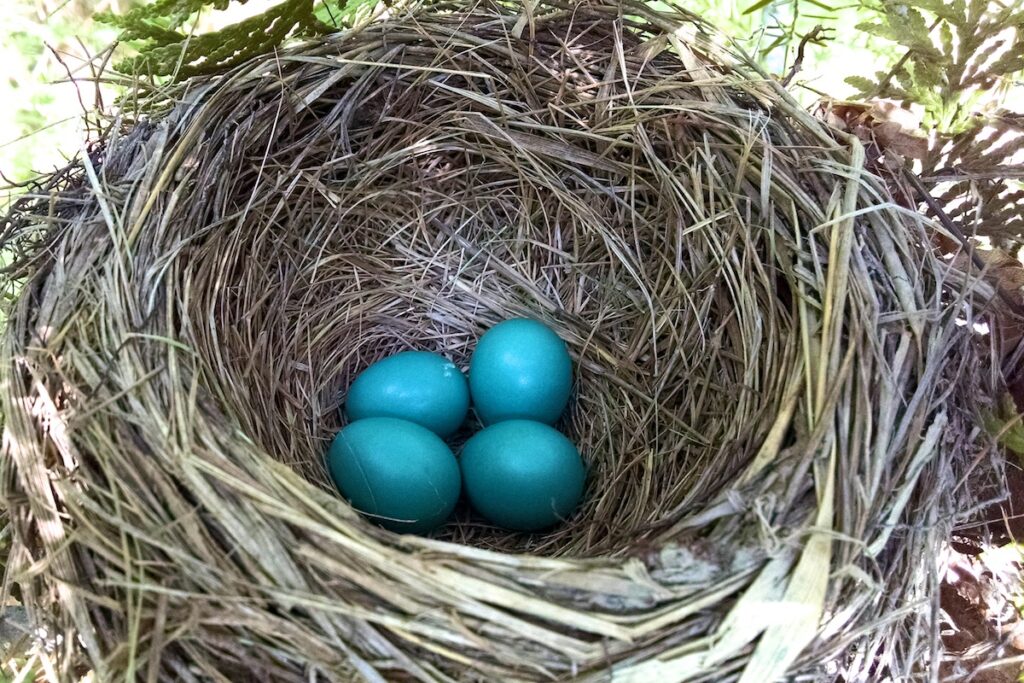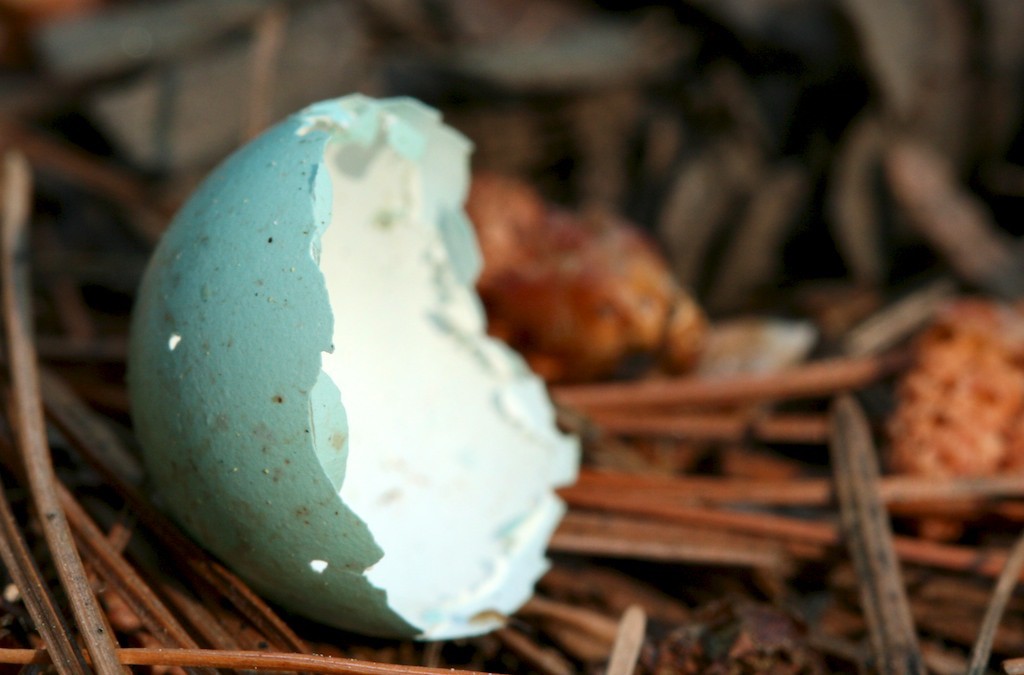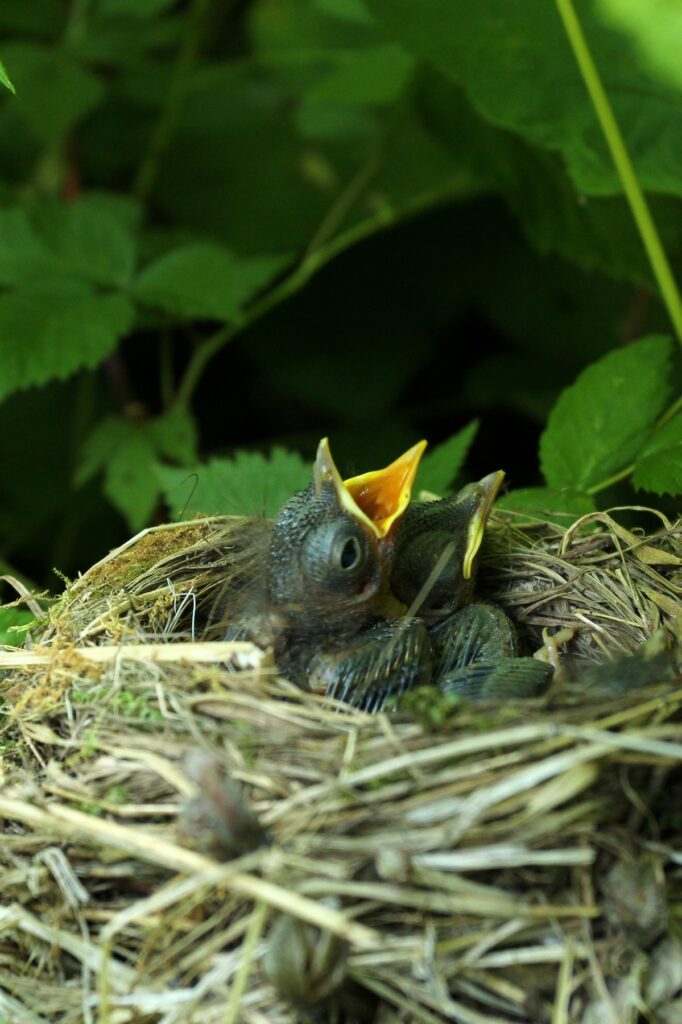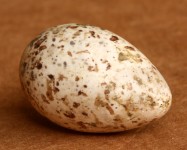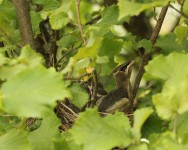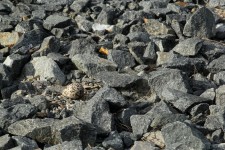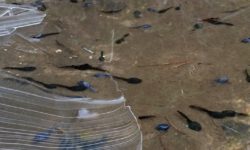Many birds are dutifully sitting on a nest right now keeping eggs warm. Eggs come in all shapes, sizes, colors and even the yolk size varies. Many factors influence how long it takes bird eggs to hatch.
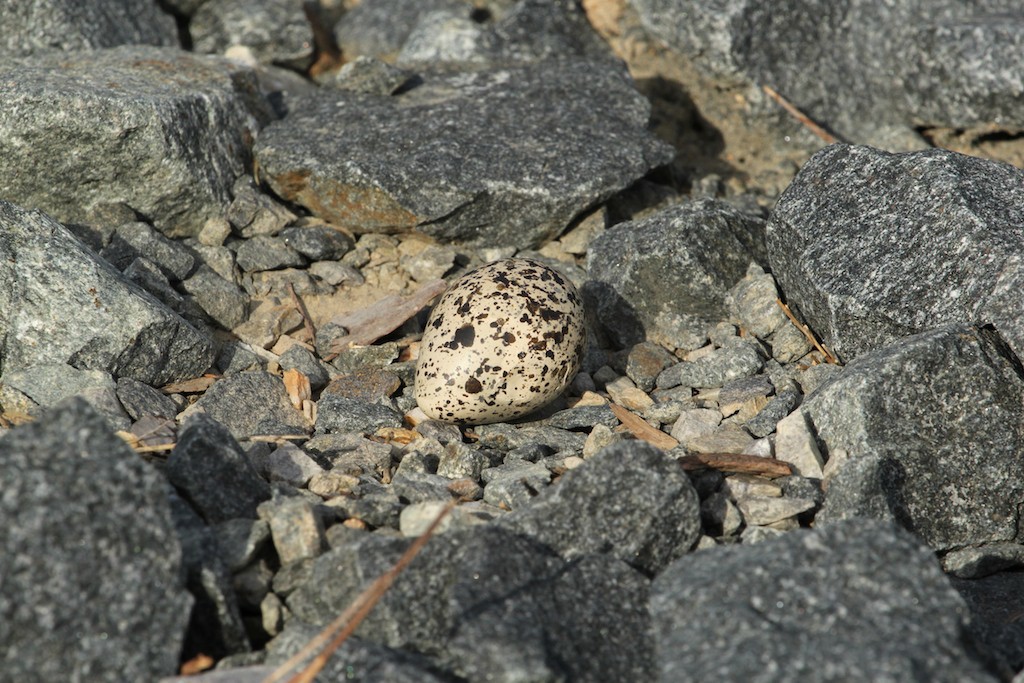
Size of bird eggs
Both the shape and size of the egg are determined by the internal structure of the female. Large birds lay large eggs and tiny birds lay tiny eggs. When the size of the egg is compared to the size of the adult bird, small birds lay proportionally larger eggs.
For example, it would take 60 ostrich eggs to equal the weight of one ostrich but it would only take nine hummingbird eggs to equal the weight of one calliope hummingbird. Looking at percentages, an ostrich egg weighs 1.8 percent of the adult’s body weight, a robin egg eight percent and a wren egg 14 percent.
An outlier to all these percentages is the kiwi in New Zealand with 18 percent instead of the average three percent of the adult’s body weight.
Yolk differences for precocial versus altricial
One factor influencing the weight of the egg is the yolk. Some eggs have proportionally larger yolks regardless of egg size. The difference results from the type of young hatching from the egg–precocial or altricial.
Hatchlings that are ready to leave the nest within 48 hours of hatching (like waterfowl) are called precocial. They hatch with their eyes open and have downy feathers. The yolks of precocial species average 40 percent of the egg’s weight.
On the other end are hatchlings that require great amounts of care and feeding after hatching and these young are called altricial. Their eyes are closed and they have little to no feathering like baby robins. The yolks of altricial species average 25 percent of the egg’s weight.
Since precocial young hatch ready to leave the nest, they tend to remain in the egg longer than altricial young and therefore need more yolk to sustain them.
Synchronized hatching
Precocial young also tend to synchronize their hatching despite being laid days apart. Young mallards hatch within two to eight hours of each other despite being laid over several days (it takes about one day for a bird to create and lay an egg).
Researchers think baby birds communicate before they are born in order to synchronize hatching. Prior to hatching young birds emit a clicking noise and once one baby bird begins to click in the nest, it speeds up the final development of the other nestlings. This enables all the baby birds to hatch within a short time period.
How long does it take for bird eggs to hatch?
Egg incubation varies for each species and generally larger eggs mean longer incubation times. A robin incubates an egg for about 13 days , a blue jay about 16 days, a ruffed grouse around 20 days and a Bald Eagle is 40 days. However, Calliope hummingbirds incubate for 15-16 days and their eggs are smaller than half-an-inch.
Altricial species (such as robins) have shorter incubation times but are born nearly featherless and helpless. The hatchlings require warmth from an adult for weeks while they stay in the nest. Ravens have altricial young which they incubate the eggs for 20-25 days.
Whereas precocial species (such as mallards) have longer incubation times because the hatchlings are ready to leave the nest immediately. A mallard incubates for 23-30 days and the hatchlings leave the nest in 13-16 hours.
How does a baby bird hatch?
When a baby bird is ready to hatch it will assume the hatching position with its head between its right wing and body and with its bill pointed at the blunt end.
A day or two before hatching, the bird punctures the air sac at the blunt end and initiates lung breathing. Shortly after the bird begins making a clicking noise.
The beginning of shell breakage, or pipping, can begin more than 10 hours before emergence. Birds have an egg tooth or horny knob on their bill and also hatching muscles on the back of their head to help with pipping (both which disappear after hatching).
The baby bird strongly thrusts its beak into the shell using its entire body by pushing with its feet. The baby bird rotates within the shell and cracks a ring around the blunt end once or several times until it pushes with its feet and pushes itself out of the egg.
Then life outside the egg begins.

